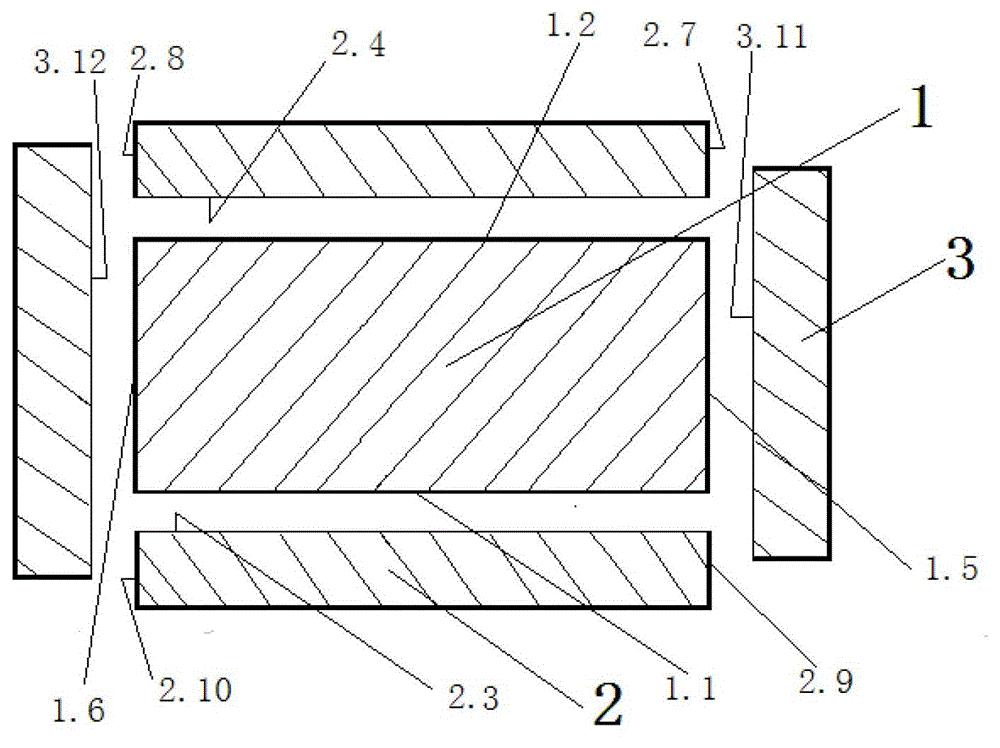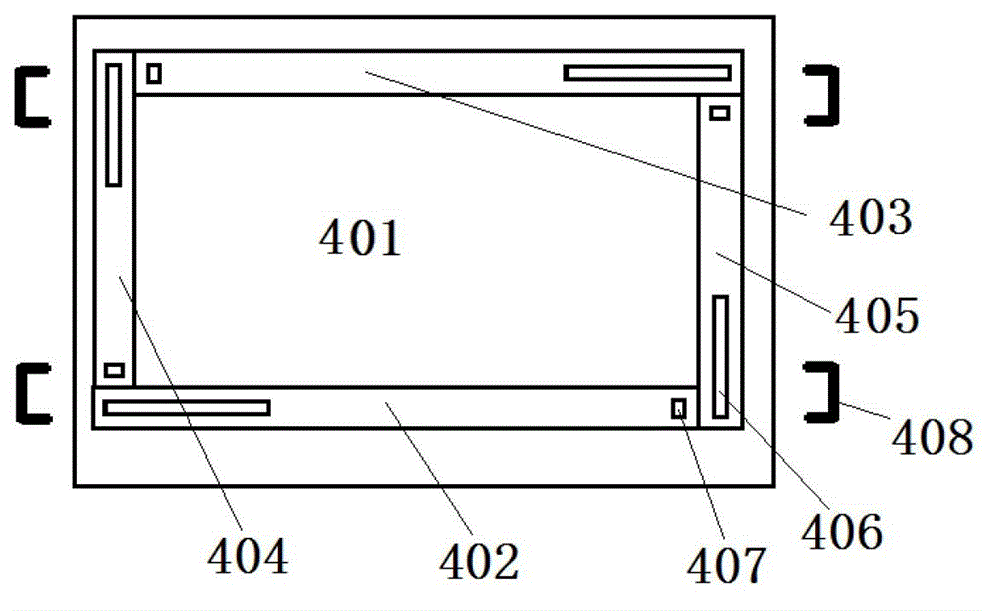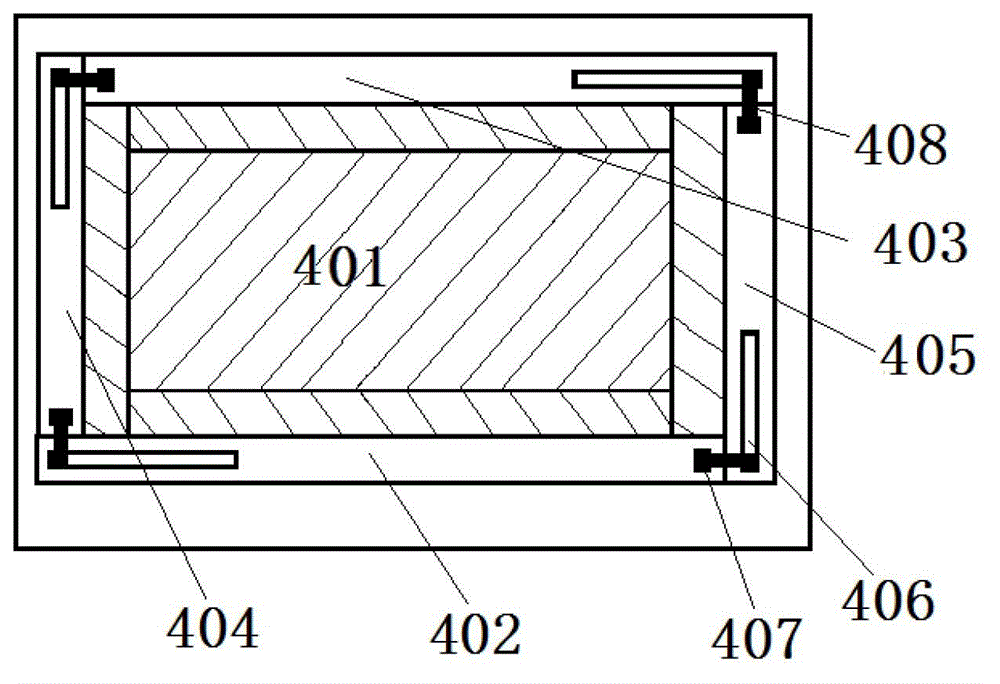Bonding edge-cladding method for laser glass
A technology of laser glass and encapsulation, which is applied in the bonding and encapsulation of sheet laser glass and the field of bonding and encapsulation of laser glass, which can solve the problems of substrate neodymium glass bursting, increased residual reflection, poor refractive index matching, etc.
- Summary
- Abstract
- Description
- Claims
- Application Information
AI Technical Summary
Problems solved by technology
Method used
Image
Examples
Embodiment 3
[0050] The method and steps of the present embodiment 1.~4. are the same as embodiment 1, and the difference is:
[0051] Heat treatment ⑤, heat treatment from room temperature at 145 ℃ / hour to 550 ℃, keep for 4 hours, let the glass bond at high temperature, while starting from room temperature, the vacuum degree is maintained at 10 -1 Pa.
Embodiment 4
[0053] The method and steps of the present embodiment 1.~4. are the same as embodiment 1, and the difference is:
[0054] Heat treatment ⑤, heat treatment from room temperature at 30°C / hour to the glass transition temperature of 465°C (Tg), and then keep the temperature for 24 hours. Then heat up to the softening temperature of the glass at 550°C at 30°C / hour, and keep for 20 hours to allow the glass to bond at high temperature to form a permanent chemical bond.
Embodiment 5
[0056] The method and steps of the present embodiment 1.~4. are the same as embodiment 1, and the difference is:
[0057] Heat treatment ⑤, heat treatment from room temperature at 30°C / hour to the glass transition temperature of 465°C (Tg), and then keep the temperature for 4 hours. Then raise the temperature at 30°C / hour to 650°C above the softening temperature of the glass, and keep it for 1 hour to allow the glass to bond at high temperature to form a permanent chemical bond.
[0058] It should be noted that this bonded encapsulation method can also be used for polygons of other shapes, and an infinitely slow heating rate is also feasible, and we will not implement it here.
PUM
 Login to View More
Login to View More Abstract
Description
Claims
Application Information
 Login to View More
Login to View More - R&D
- Intellectual Property
- Life Sciences
- Materials
- Tech Scout
- Unparalleled Data Quality
- Higher Quality Content
- 60% Fewer Hallucinations
Browse by: Latest US Patents, China's latest patents, Technical Efficacy Thesaurus, Application Domain, Technology Topic, Popular Technical Reports.
© 2025 PatSnap. All rights reserved.Legal|Privacy policy|Modern Slavery Act Transparency Statement|Sitemap|About US| Contact US: help@patsnap.com



